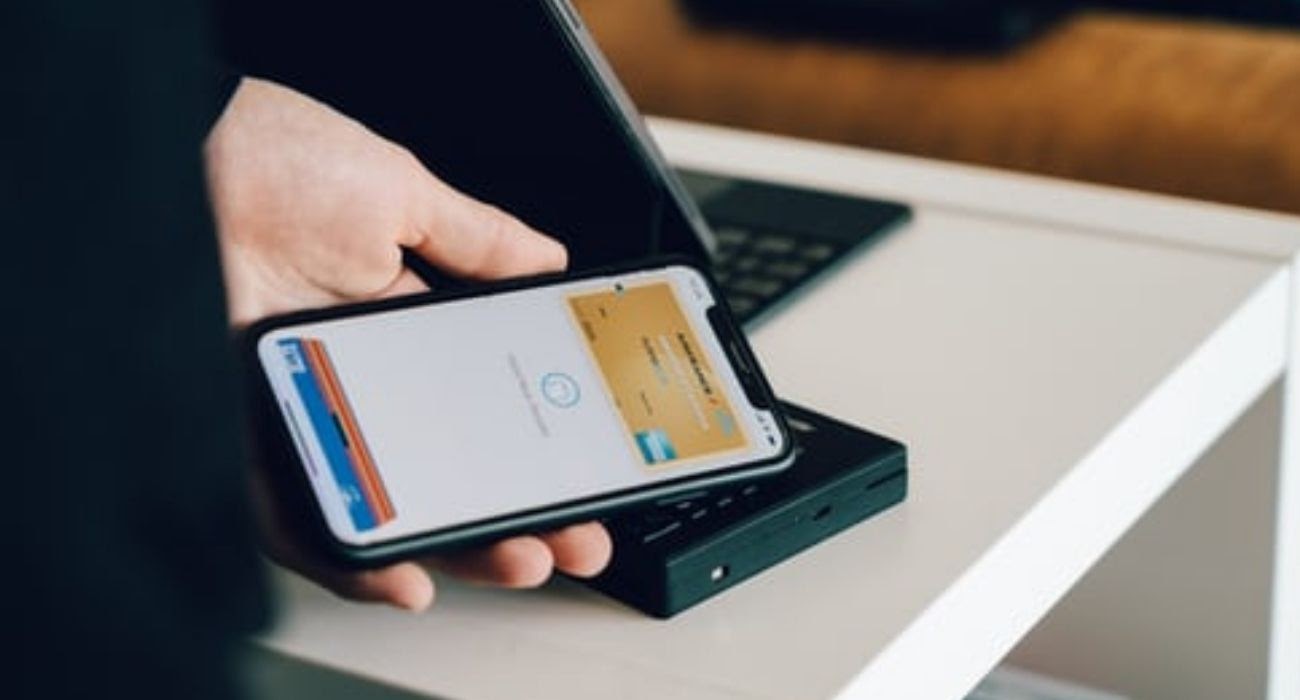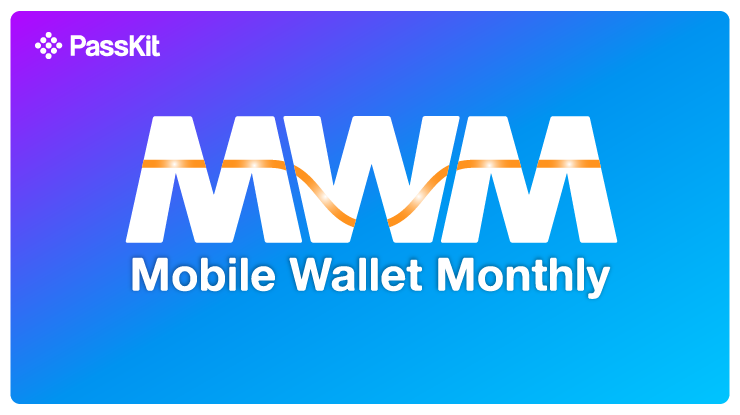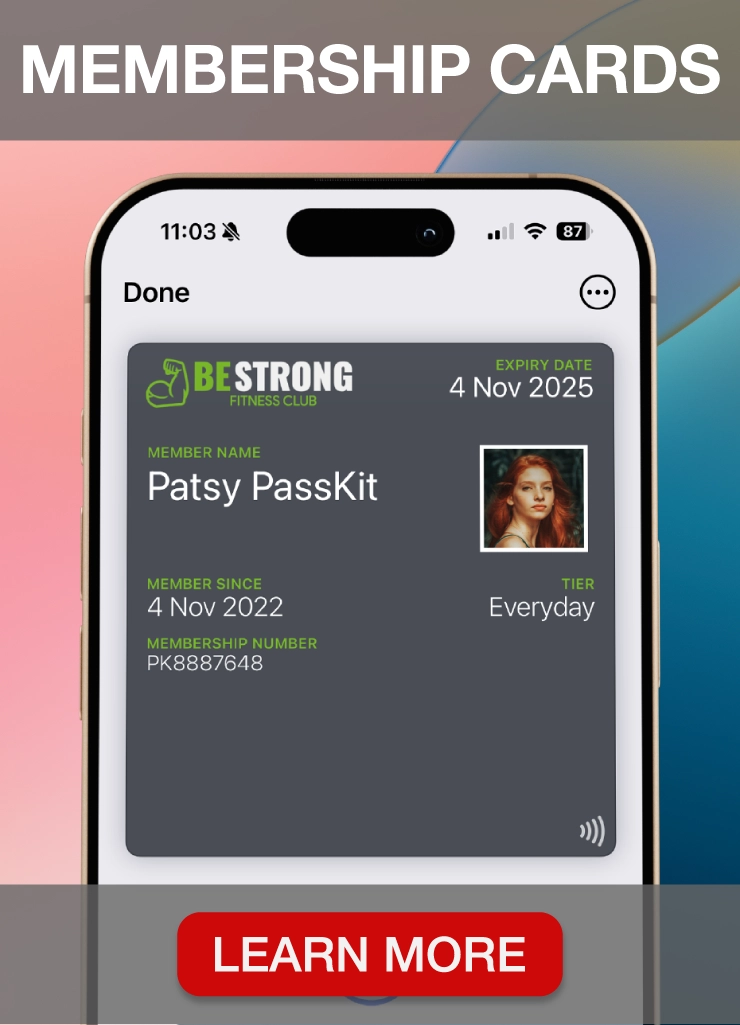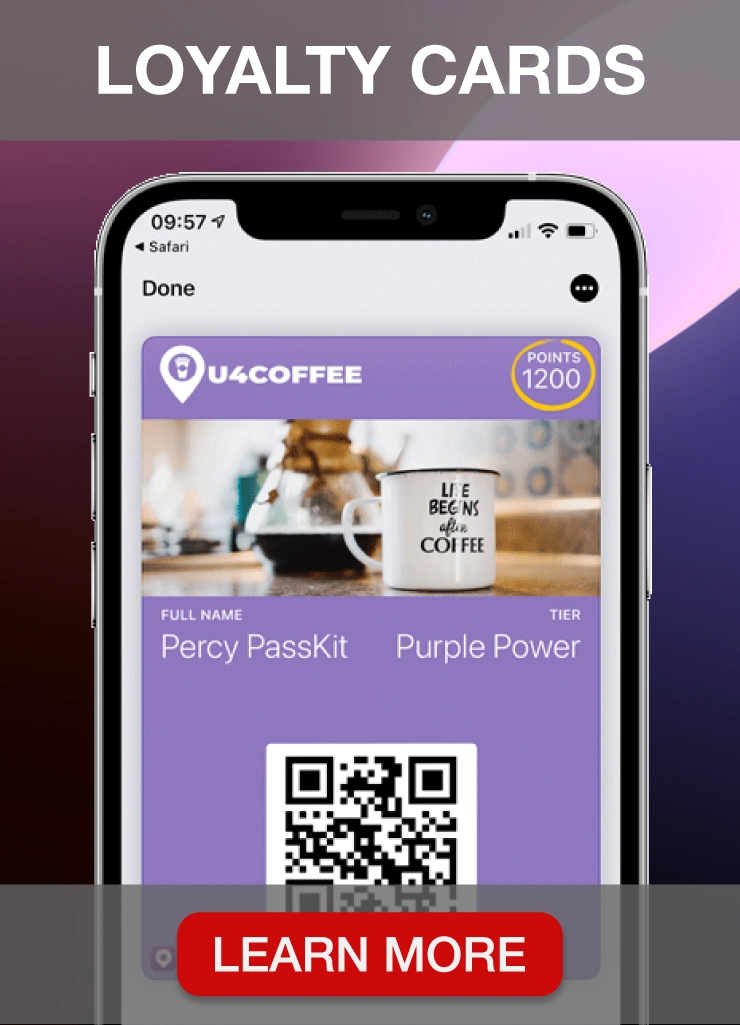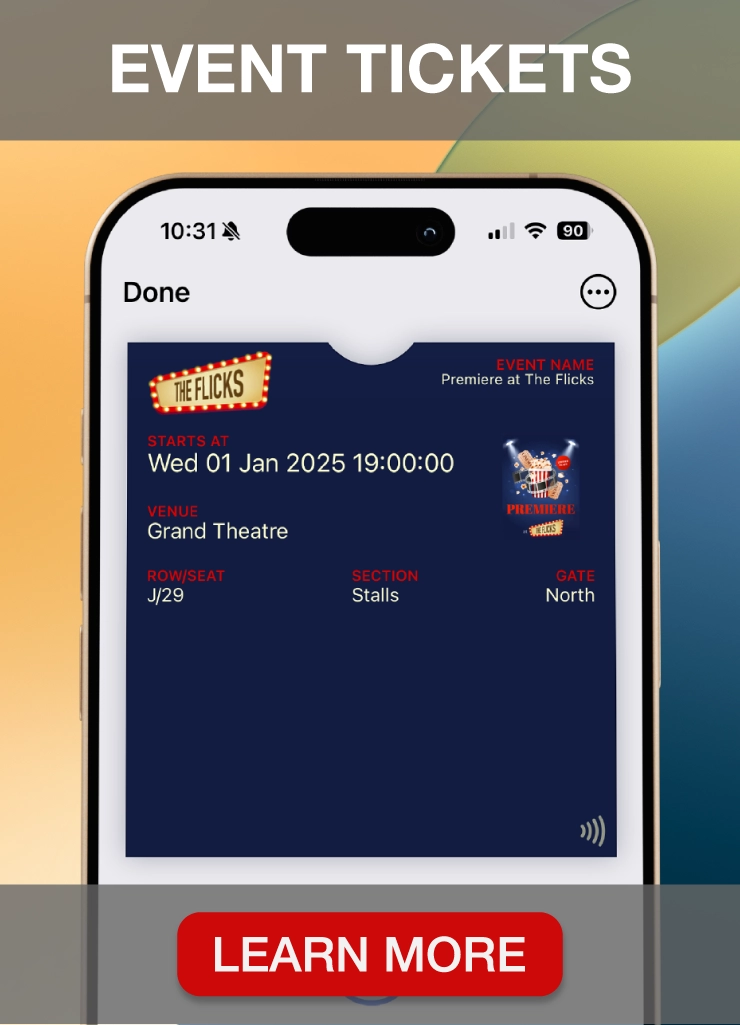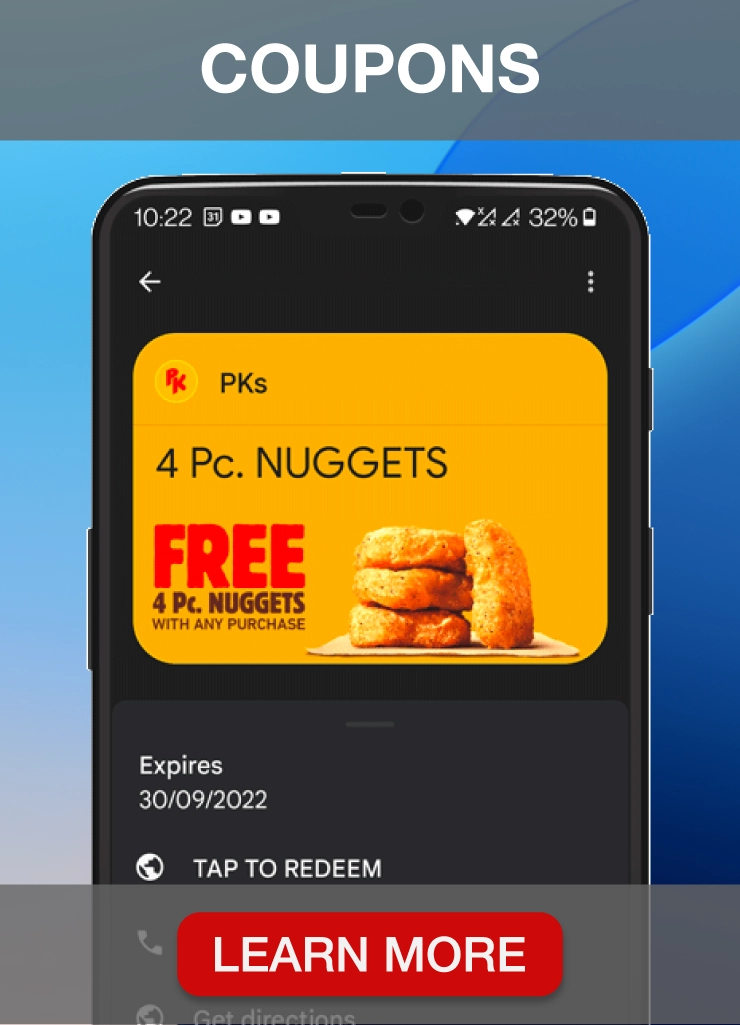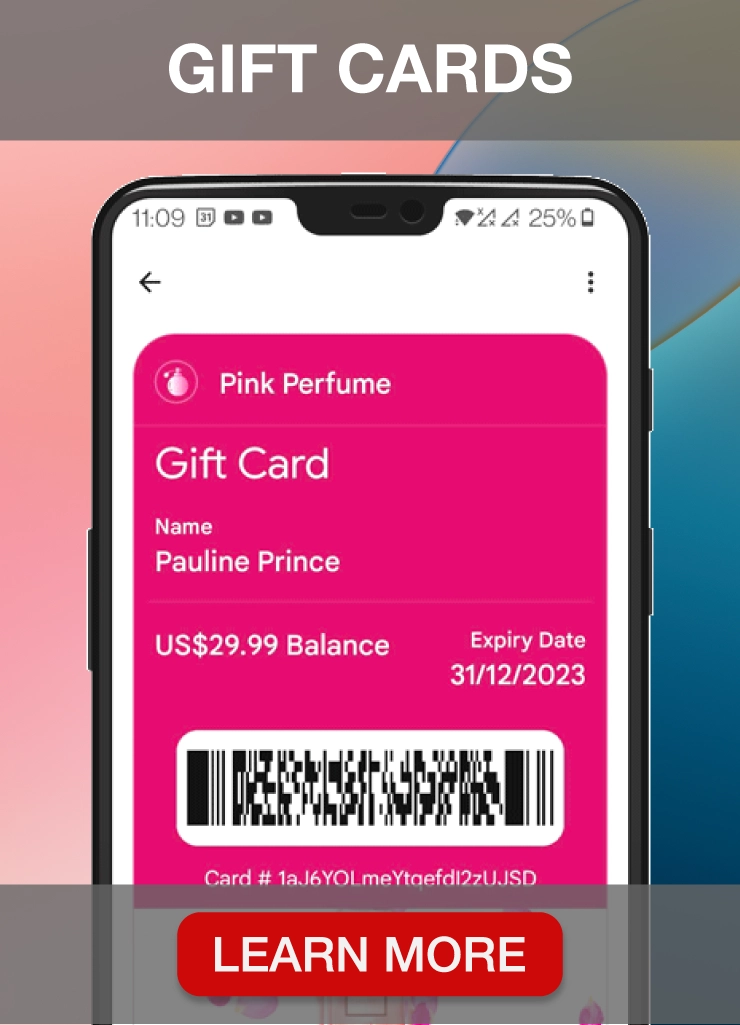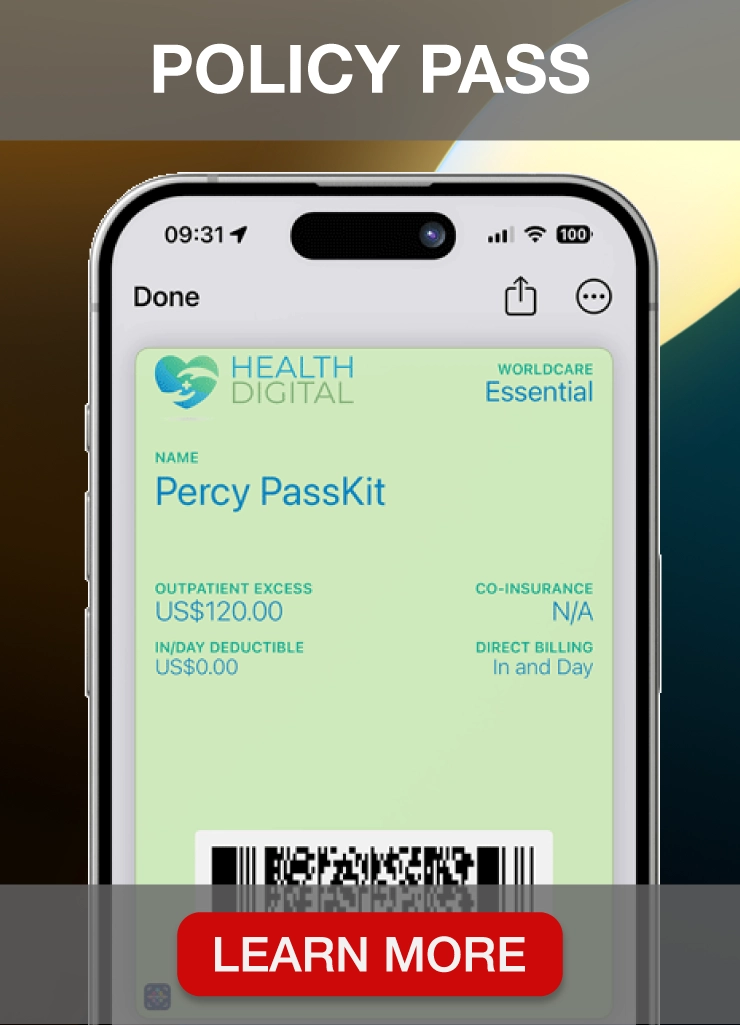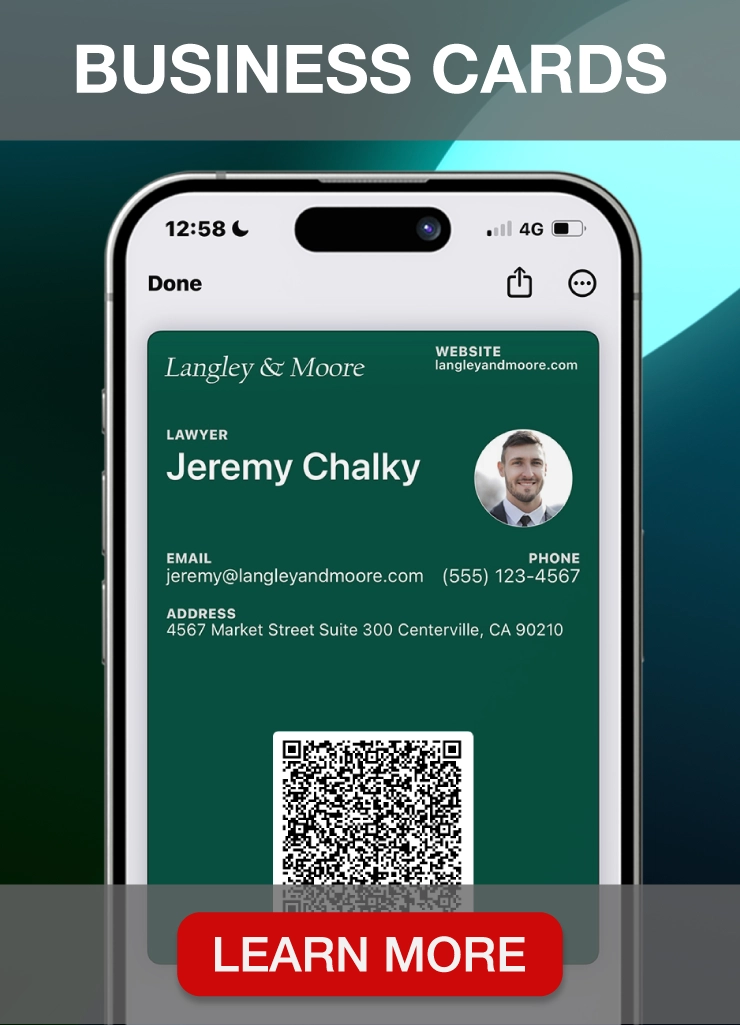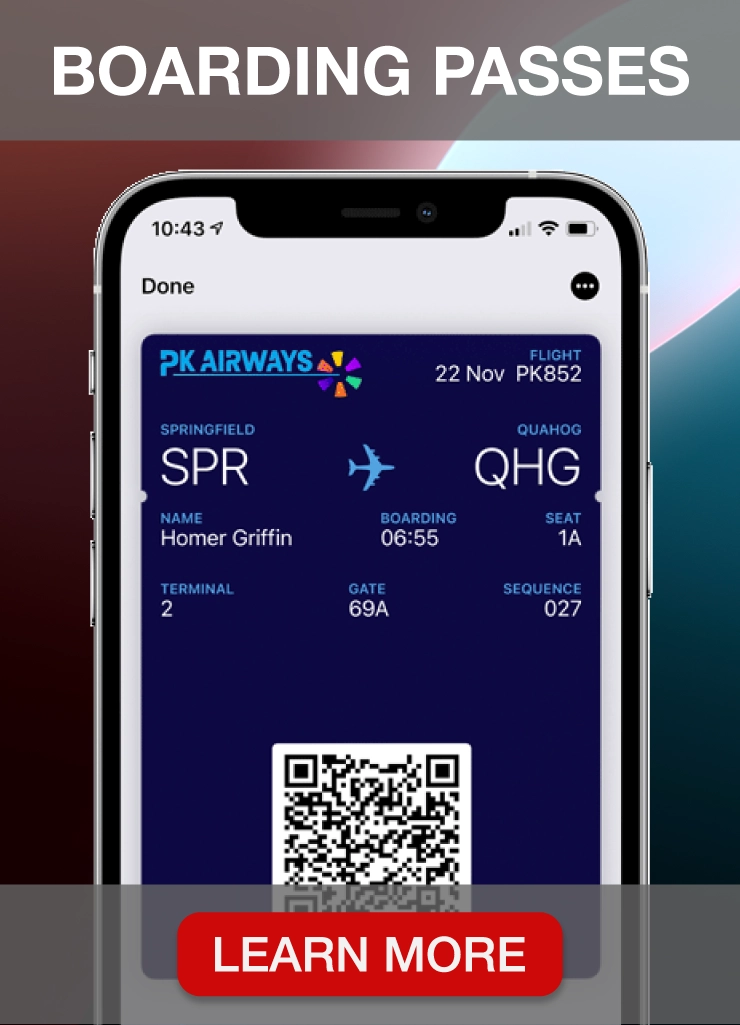Customer loyalty has remained a priority for modern businesses since the beginning of commerce. Based on market research, it’s much more profitable to keep customers than to seek new ones.
Specifically, it could cost brands five times more to attract and convert a new prospect. Additionally, the lead funnel comes with arduous considerations and uncertainties that could cause an unproductive goose chase. With returning customers, you have a better idea of what to expect – there’s less of the unknown (something that smaller businesses should try to avoid).
However, maintaining customer loyalty in modern times presents a new set of challenges. The business world has become increasingly digitized, and customers desire (if not demand) a convenient and personalized experience.
Now is the opportunity for businesses to invest in an interactive and dynamic customer strategy. It’s time for brands to present their personality, products, and services in an accessible manner. It’s time to invite customers to play an active role in their buyer journey.
And there should be some reward to sweeten the deal. Right?
How to Build Customer Loyalty?
Customer loyalty requires brands to go deeper beyond conventional offerings. According to Accenture, 90% of companies have some form of a customer loyalty program. What this means is that brands without a program in place may be at a significant disadvantage.
Brands foster loyalty among customers by communicating their core values consistently across all marketing campaigns and product launches. Quality service remains an optimal priority, despite the rise of automated business features (i.e., chatbots). Based on a Zendesk study, 89% of customers seek quick responses to their initial queries – which suggests the desire for efficient services.
Perhaps most importantly, loyal customers seek validation for their continued support for a brand. Therefore, brands should establish a customer reward system that provides users with a steady stream of attractive offers, discounts, and deals according to their specific preferences.
However, customer loyalty programs come in all shapes and sizes and not always effective (considering how they have become commonplace in recent times) – the most effective ones should feature personalization, accessibility, and constant development based on customer behavior.
What Are The Benefits of a Customer Loyalty Program?
Essentially, a customer loyalty program helps brands take their customer relationships to the next level. While businesses often measure up with competitors based on price points, customer loyalty programs refocus on establishing sincere and lasting relationships. While competing on price might seem feasible in the short term, the longevity of a brand ultimately depends on forming an emotional connection with customers and nourishing that connection with repeat purchases.
Therefore, a customer loyalty program improves the overall CLV (customer lifetime value) of shoppers. And with a systematic program in place, brands can track the unique buying habits of each customer and tailor the most effective outreach strategy.
Loyal and satisfied customers are likely to become brand ambassadors, promoting your business to immediate relations and attracting additional revenue for your products and services.
Customer Loyalty Programs for Small Businesses
Loyalty programs are especially crucial for small and upcoming businesses that are still building their customer base. Smaller brands need to retain repeat customers who generally spend more than first-time patrons. While customer strategies differ between small and larger/more-established businesses due to budget constraints, loyalty programs remain highly achievable with careful planning and a sustainable platform.
PassKit empowers small businesses with a contactless connected customer experience that optimizes loyalty programs and paying according to the growth of their customer base. Our customer loyalty software provides a guided process through the various elements involved in creating an e-wallet pass easily accessible and applied by customers. These include optimized logo images and hero images that provide brands with a professional look that gains the trust of their loyal customers.
Tip #1 Have A Great Product Or Service
With all modern considerations aside, your product and service should always have a unique selling point. Essentially, every profitable business provides a specialized quality that customers associate with their brand. That explains why generations of consumers continue to frequent designer fashion and fast-food joints. A run-off-the-mill offering might draw some revenue but to stretch those profit margins, you’ll need to sell something different from your competitors.
While it might sound simple enough, there’s a need to keep the branding machine well-oiled and consistently running. The process isn’t a destination but an ongoing journey traveled by brands alongside their customers.
For example, Starbucks sells more than coffee all year round. The global chain offers a relaxing experience and retreat from the hustle in their lives. Regular customers associate the brand with comfort, knowing what to expect when they spot the familiar sign of the smiley green double-tailed mermaid.
Additionally, Starbucks constantly reinvents its menu according to seasonal celebrations and exciting one-off promotions. A great product or service takes its offering to the next level, with business owners always asking, “what’s more for my target crowd?”
Tip #2 Give Customers What They Value
Customer values differ among individuals, and there’s a need for brands to identify them. A customer will be more likely to return and stay loyal when brands respond to their specific needs. Additionally, your brand should consider general market trends, such as the rise of e-commerce and the preference for online shopping experiences. Essentially, it’s advantageous to identify the patterns of online buyer trends to provide an immersive and fulfilling process (i.e., digital vouchers and passes)
It is also crucial to note that many customers are more likely to try new product brands with e-commerce shopping. The unmatched convenience of cycling through digital stores makes it easier for buyers to switch a brand out at the earliest signs of dissatisfaction. Your brand needs to leave a winning impression with an intuitive user experience from the first click up to checkout.
And that involves developing and maintaining a personalized customer loyalty program, showing shoppers that your brand cares.
Tip #3 Make It Easy For Customers To Sign Up And Use Your Program
Convenience is the buzzword with modern branding strategies, hence the rise of e-commerce. However, e-commerce does not simply relate to putting a few web pages together and hoping for the best. You’ll need to consider the customer’s perspective right from the beginning.
Slow page loading speeds, complex app layouts, and other counter-intuitive elements will spell trouble for your brand’s loyalty program. As alluded to in the previous point, customers will not hesitate to jump ship in the online sphere when things don’t go as expected. You should serve the role of “tour guide” for your shoppers, providing clear directions for every step of your loyalty program. Leave little to the imagination, and use bold font and imagery in leading shoppers through the sign-up process.
Similarly, provide a user dashboard that displays clear and crisp details (i.e., customer information, points system, and offers) while steering clear from clutter. By doing so, you’ll create an enjoyable customer experience that encourages loyalty among your shoppers.
Tip #4 Make It Easy For Customers To Earn Rewards
Ultimately, customers wish to know what’s in for them when they decide to stay with your brand for the long term. After all, what you seek are consistent customers, not sporadic shoppers who come and go. That’s where your rewards system comes in, to provide something extra for the dedicated customers who support your brand.
Various customer reward systems have sprung up over the years, beginning with physical punch tickets and membership cards applied at marts and emporiums. The most widely used reward programs include points programs that reward customers with points exchangeable for specific items/services and cashback loyalty, where buyers receive some of the money spend on a purchase.
However, with most modern practices, rewards are now seamlessly digital. There are many good reasons to transition, such as reducing material wastage (and carbon emission from transportation for those materials) while providing customers with added convenience.
PassKit offers digital reward systems linked to popular e-wallets like Google Pay and Apple Pay, so customers can enjoy their perks anywhere and anytime without ever misplacing their coupons and vouchers.
Tip #5 Make It Easy For Customers To Spend Their Rewards
Traditional physical reward systems such as punch cards and coupons required customers to flash physical proof of those items in exchange for rewards. These processes are impractical for modern customers who integrate most of their possessions within a single contactless device like mobile phones or tablets.
Some brand owners may consider proprietary mobile apps as a surefire solution to the outmoded process, but the unique APIs are tedious to build, and customers may not be keen to add another app to their already chockful mobiles. Also, the steep budget required to create and maintain the complex software (and advertise it) may not suit small and medium-sized brands.
Alternatively, PassKit enables brands to create and launch their reward programs with unmatched ease. There’s no need for prior app-building knowledge or costly fees. With a few simple guided steps, you can customize an intuitive program that integrates with your customer’s existing e-wallets, ready for spending those rewards on the move.
Tip #6 Give Customers Ways To ‘Spend’ Rewards
A diversified reward system ensures that every customer enjoys an optimized brand experience. For example, if you run a bookstore business, you may personalize reward systems that recommend relevant genres and titles. You might offer redeemable parenting manuals for young parents or teenage novels for adolescent readers. Brands and companies need to resonate with various interests.
There’s a need to understand the unique needs of each member and present loyalty rewards based on the information you have gathered from each customer. Brands may collect valuable shopper intel by conducting occasional email surveys, positioning post-checkout feedback forms, or by tracking purchase histories.
The most effective customer loyalty programs should avoid generic and irrelevant rewards that may lead to frustration or disinterest in customers, who will not hesitate in seeking competitors with better offers.
Tip #7 Make Sure Customers Understand The Value Of Your Program
The best customer reward program is ineffective when customers cannot understand how they work or the purpose behind them. Therefore, it’s a priority for brands to ensure that customers fully understand the perks and value that come with their membership. Aside from providing a clear and concise guide during the sign-up process, brands should send occasional email updates or newsletters, informing customers of the latest rewards and offers.
Also, it pays to show gratitude for the contributions and loyalties of your customers. An occasional message of thanks and personalized birthday wishes (ideally attached with a small discount voucher) shows sincerity and care for your customers. The human touch can go a long way in establishing stronger trust between brands and their most valuable shoppers.
Tip #8 Get Customer Feedback
Customer loyalty is a two-way street. Brands need to keep the conversation going to understand the exact needs and preferences of their customers. Feedback can help achieve that by notifying brands of effective decisions and required changes. With budget willing, you may add token incentives to attract more feedback. However, the most sincere and accurate answers (the type you need to improve your brand and customer loyalty) usually come freely.
Also, feedback requires moderation – too much of it chases customers away while too little of it compromises data reliability. Equally important is the interpretation of data. How will your brand apply collected information to enhance your customer reward program, and how can you make the move securely across digital channels?
PassKit’s Members API makes it easy for brands to manage membership programs and cards, removing the complexities and logic in software settings so you can focus extensively on building your business.
Regardless of the size and nature of your business, PassKit can help you improve customer loyalty with quality passes designed to bring out the best in your brand. Check out these sample passes created with the PassKit platform to discover the endless possibilities that await your brand. It’s time to connect with your customers the way you’ve always wanted, and PassKit will be there to support you every step of the way!
